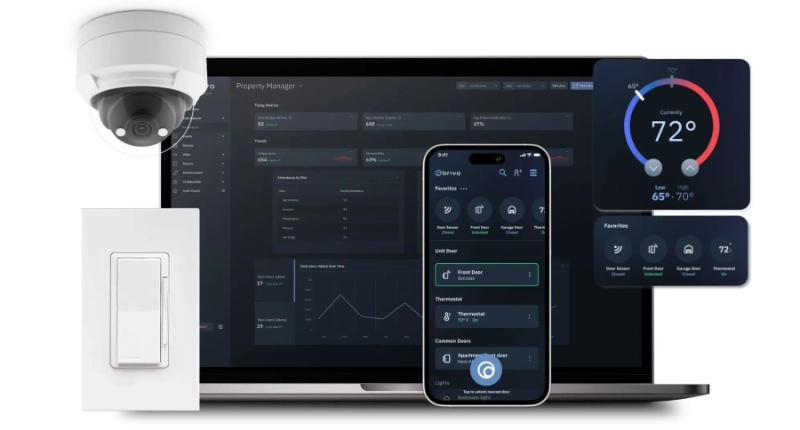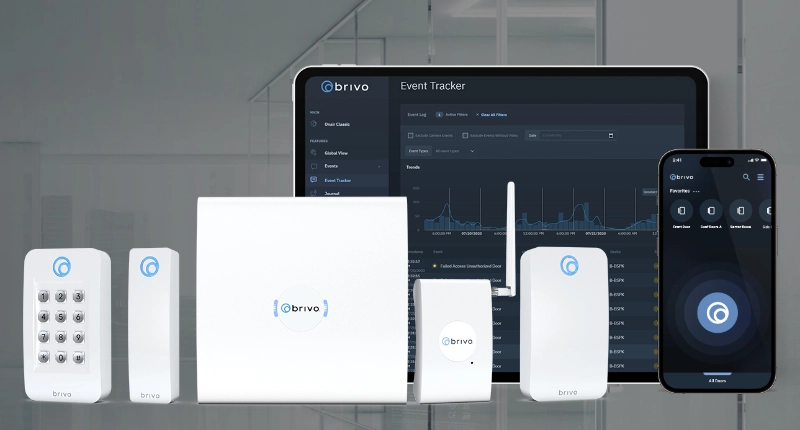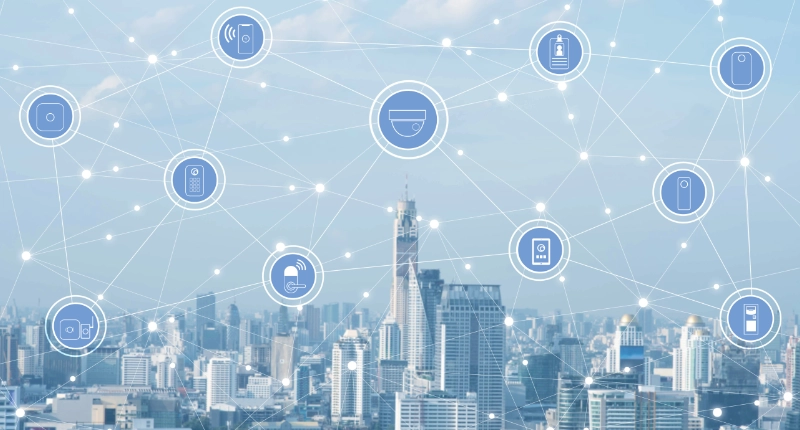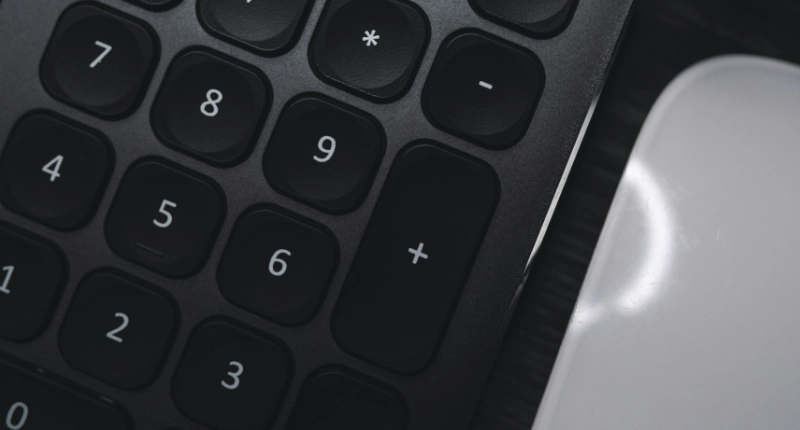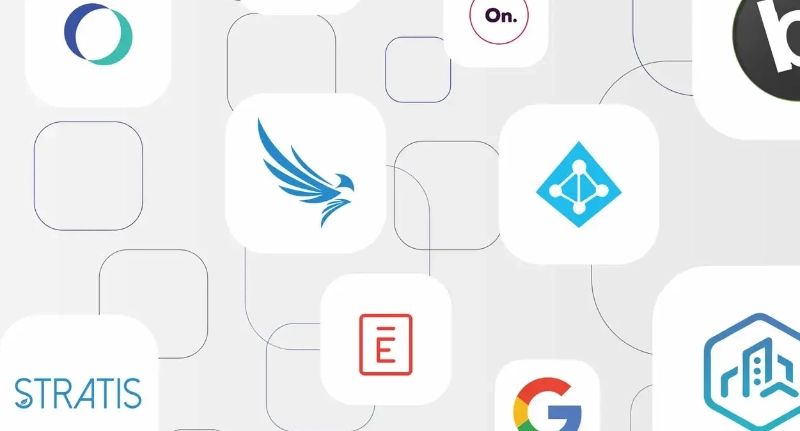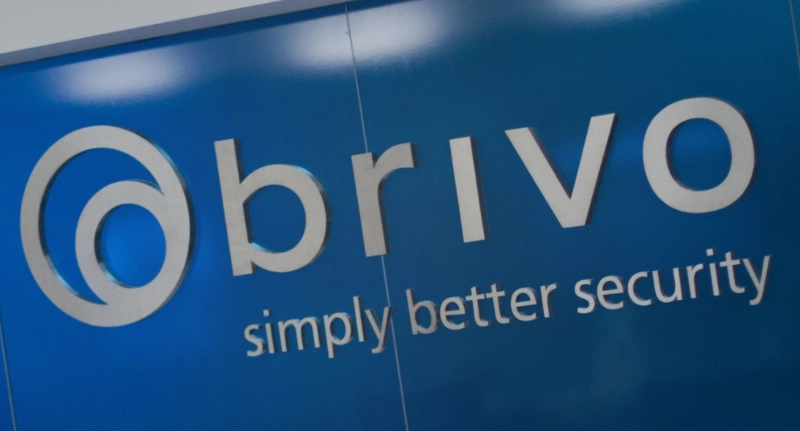U.S. response to COVID-19 is drawn along state lines. Many states that experienced an explosion of cases and hospitalizations early on, like New York and Washington, imposed strict closures from the beginning. Other states with low infection numbers early on — like Texas and Florida — kept their economies relatively open, with some restrictions.
Texas is now struggling with a second, deadly wave of COVID-19 cases. From March to June, cases and hospitalizations stayed relatively low, but the state reached a new peak starting in June.
When comparing Texas to a state like New York, which implemented harsher shutdown orders earlier on in the pandemic, you can see the impact of Texas’ relaxed restrictions on the case numbers. As of July 7, Texas’ rate of positive COVID-19 test results was 15%. In New York, it was 1.2%.
As we continue to track America’s back to work number, we want to take a closer look at Texas and how the virus’ second wave has affected the state’s back to work number.
Brivo Commercial Reopening Index: Texas
Brivo is tracking the COVID-19 impact on the workplace through the access control records of commercial office properties across the United States. Brivo data, gathered from 15,000+ customers across Texas, tracks access to offices, schools, multi-family dwellings, retail establishments, warehouses, government offices, houses of worship, and many more commercial properties.
Without a Formal Shutdown, Texas is Halfway to a Full Reopening
In June, Texas’ drop in access control activities increased from 40%–48%.As of July 6, Texas is 51% reopened — the same reopening rate as the U.S. The state isn’t reopening any faster than the rest of the country, most likely due in large part to their recent spike in infections.
Yet despite the surge in new coronavirus cases, Texas hasn’t issued a state-wide shutdown as of July 10th. Until the state does this and as long as cases begin to rise, we expect Texas’ reopening percentage to stay steady or slightly decrease.
COVID-19’s Impact By Industry: Texas
Percentage Change in Daily Active Users of Commercial Properties by Industry
The three industries that experienced the smallest drop in access control activities were construction (68%), agriculture, forestry, and fishing (64%), and public administration (62%). All three industries were deemed essential businesses as Texas put its COVID-19 restrictions in place back in April.
As COVID-19 hospitalizations continue to increase in Texas and new closures are enacted, we expect Texas’ reopening number to drop below 51% in the coming weeks.
COVID-19’s Impact by Industry on Access Control Activities
Some industries have been hit harder by pandemic-induced layoffs, work-from-home policies, and closures than others. Here is a list of the industries affected in the state of Texas, ranked by their drop in access control activities as of July 6, 2020.
As COVID-19 hospitalizations continue to increase in Texas and new closures are enacted, we expect Texas’ reopening number to drop below 51% in the coming weeks.
Track the Brivo Commercial Reopening Index
Brivo is monitoring how close we are to a pre-COVID normal. Watch the trends in your state using Brivo’s commercial reopening index.



